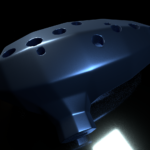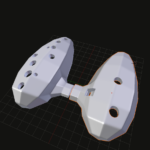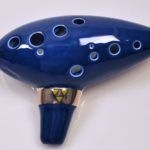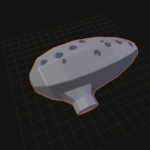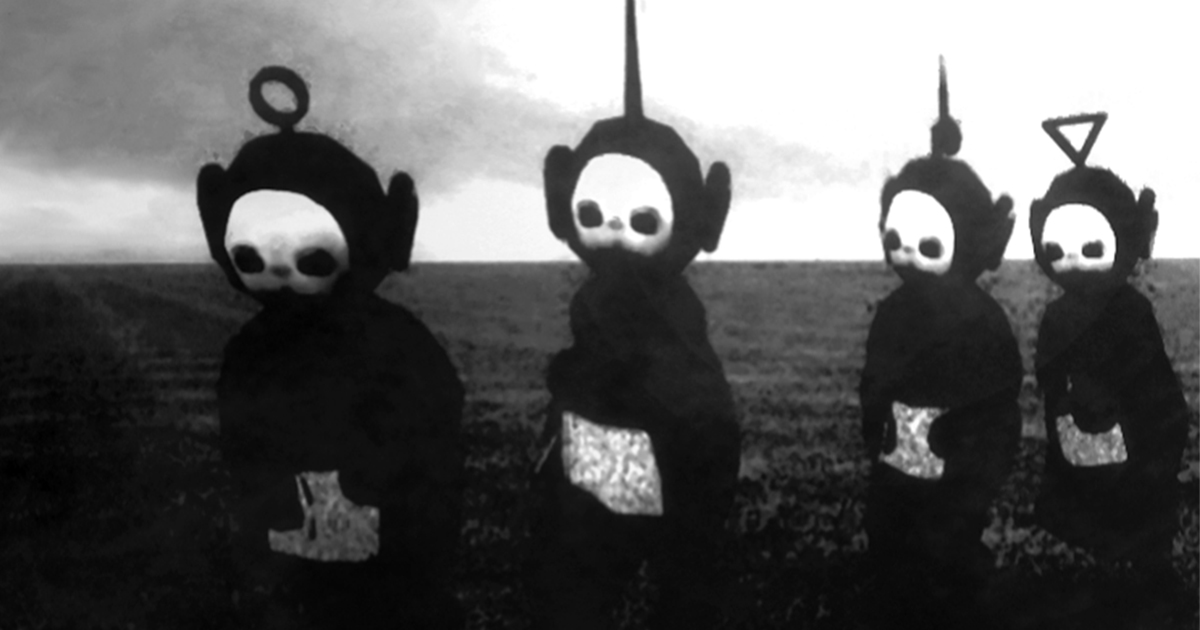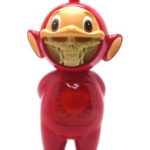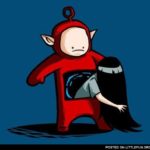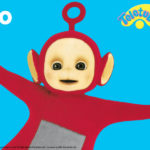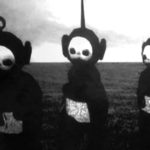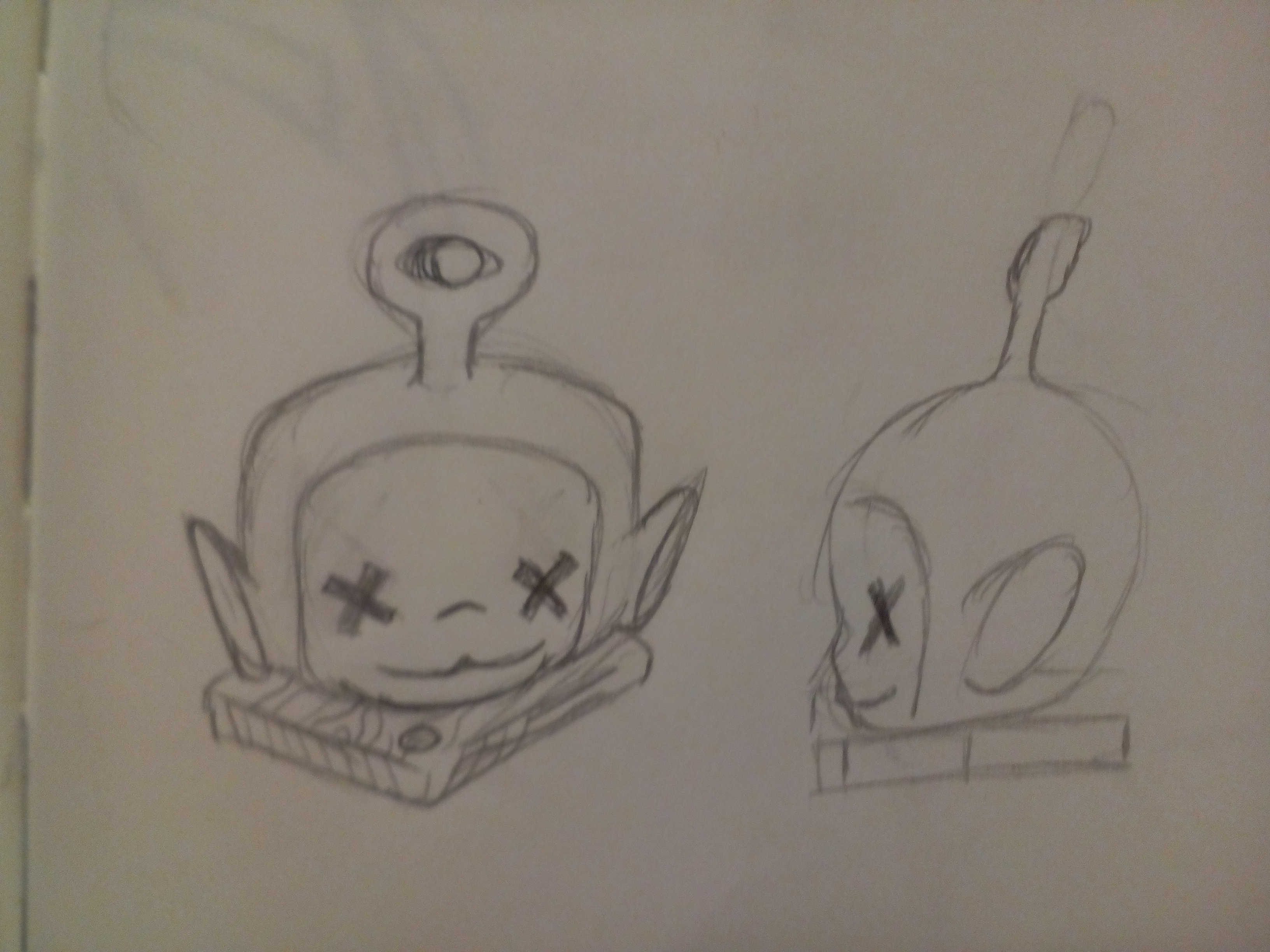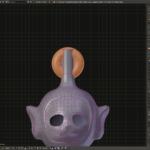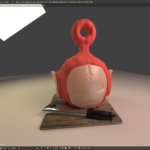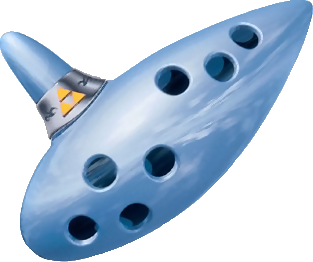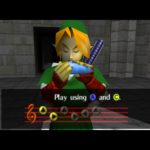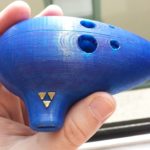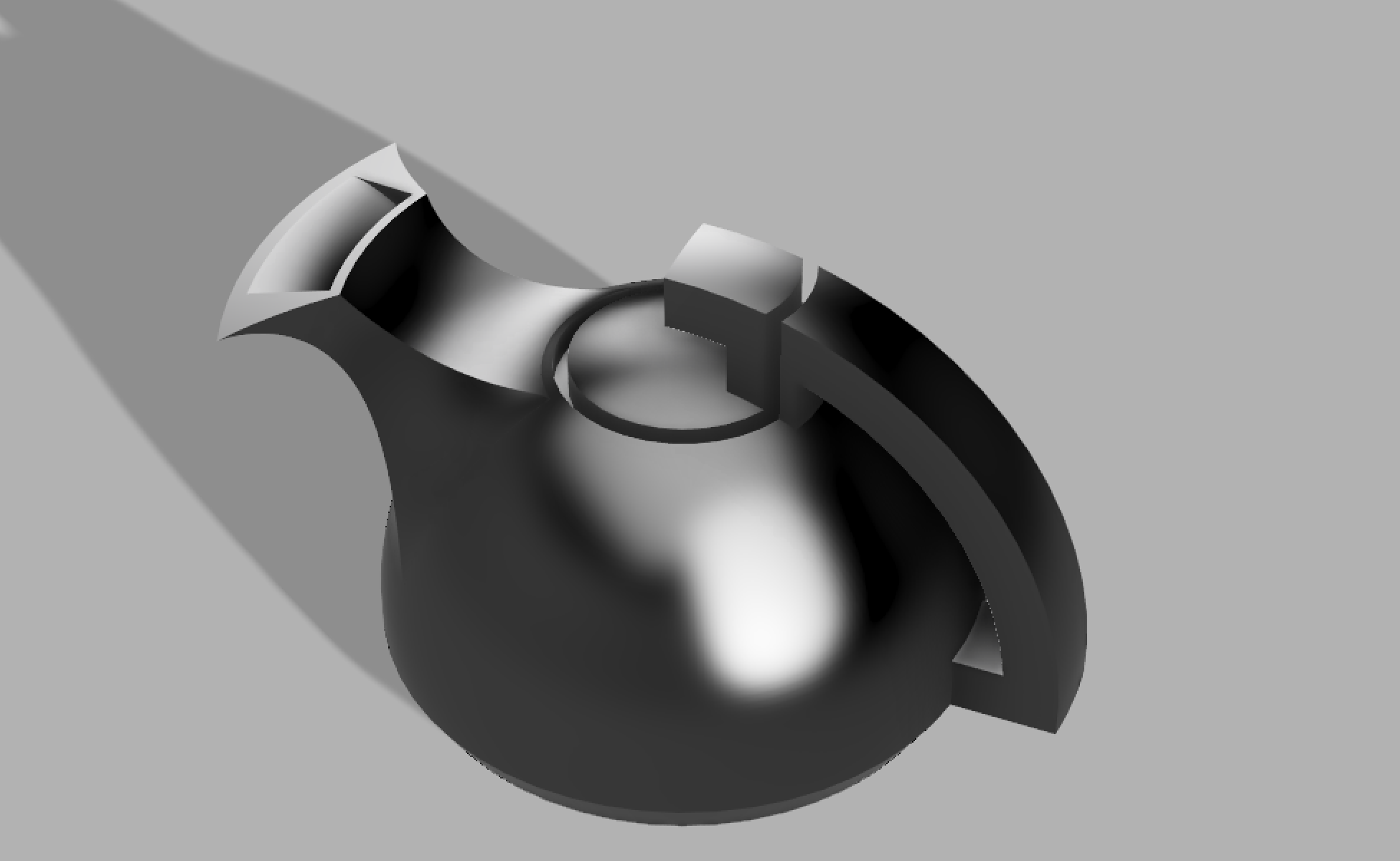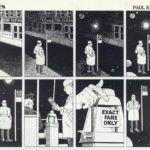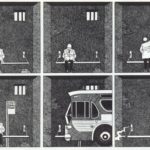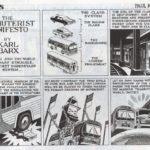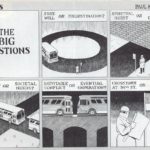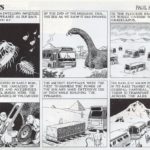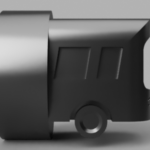Project 1: Final
Rules:
- Anything
- Functional
Inspiration:
Artist Statement:
Name: Proto-Ocarina
Tagline: The First of Many
Artist’s Statement: We were inspired by the Ocarina from the Legend of Zelda game, Ocarina of Time. The one we made has twelve holes instead of the game’s one which has 8. We also tried to make the object look like it was sculpted in a 3D Program and left it with a geometric outer form. The geometric outer form provides a more exact shape for 3D printers to use and is a variation on the classic form.
We split the model into two in order to print the Ocarina more easily, due to the fact that 3D printers cannot easily print at a 90-degree angle.
We liked the idea of creating a usable object instead of an artistic sculpture. The Proto-Ocarina will hopefully be playable; however, it will likely sound like a kazoo because of its construction material and the inaccuracy of the modeling program. The 12-hole ocarinas are designed to work on a pentatonic scale and would sound good no matter what notes are played. Unfortunately, the Proto-Ocarina will likely be off-key.
Model:
The model was based on a twelve holed Ocarina from Legend of Zelda. The subdivisions were added before the boolean which caused them to be rough on the edges. I tried to add a second smoothing modifier but it caused my computer to tank.
Presentation Sheet:
For the presentation sheet, we took the styles from the Zelda website and attempted our hand at tacky 90’s web posters. (No .gifs or dancing babies included.)





